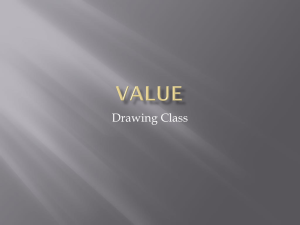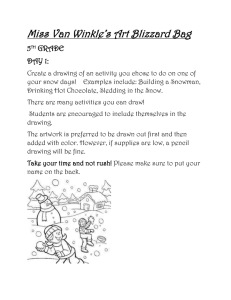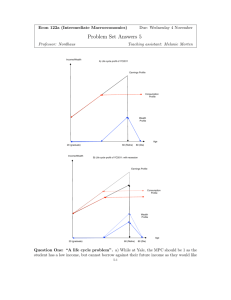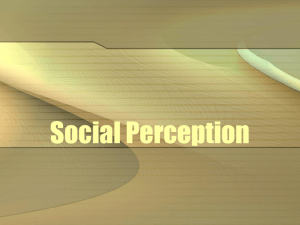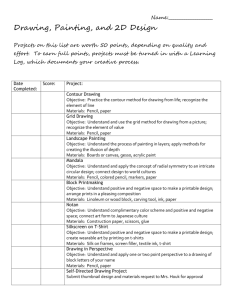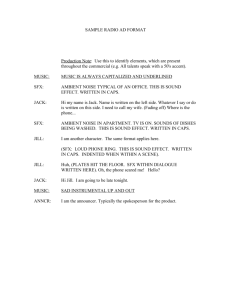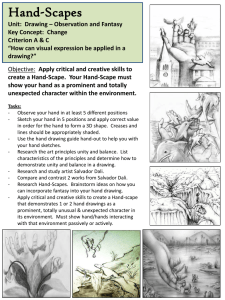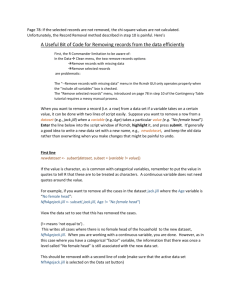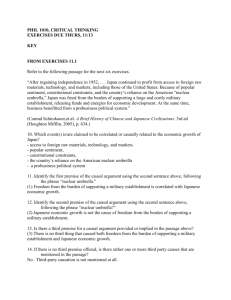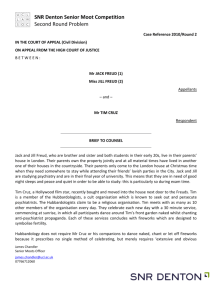Jack and Jill
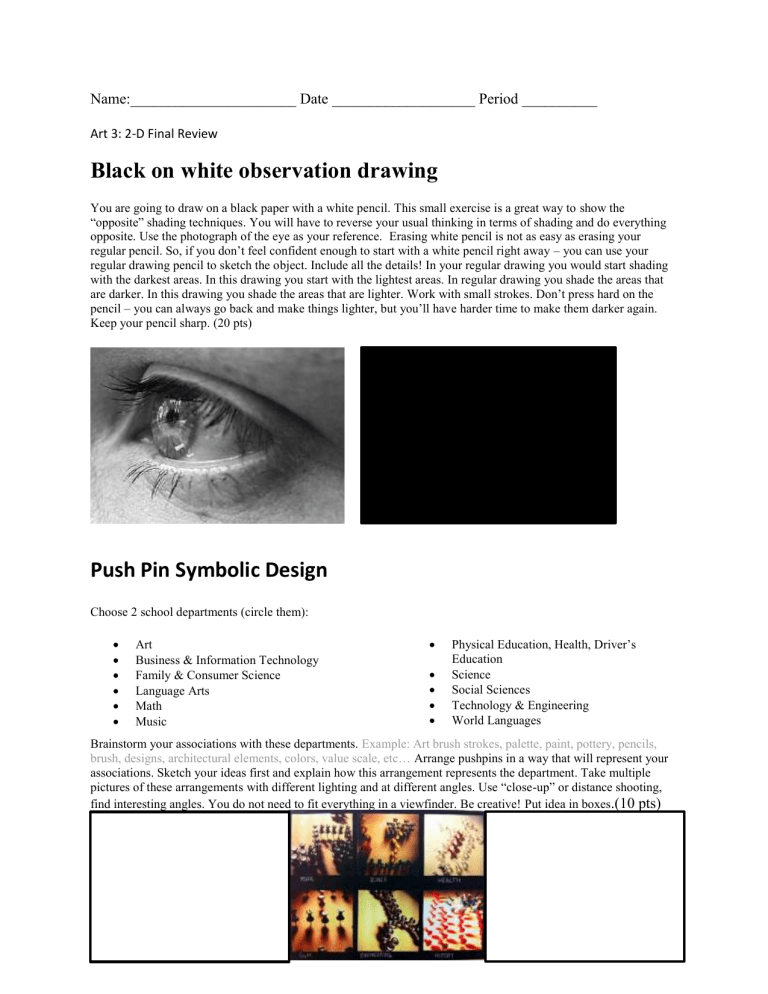
Name:______________________ Date ___________________ Period __________
Art 3: 2-D Final Review
Black on white observation drawing
You are going to draw on a black paper with a white pencil. This small exercise is a great way to show the
“opposite” shading techniques. You will have to reverse your usual thinking in terms of shading and do everything opposite. Use the photograph of the eye as your reference. Erasing white pencil is not as easy as erasing your regular pencil. So, if you don’t feel confident enough to start with a white pencil right away – you can use your regular drawing pencil to sketch the object. Include all the details! In your regular drawing you would start shading with the darkest areas. In this drawing you start with the lightest areas. In regular drawing you shade the areas that are darker. In this drawing you shade the areas that are lighter. Work with small strokes. Don’t press hard on the pencil – you can always go back and make things lighter, but you’ll have harder time to make them darker again.
Keep your pencil sharp. (20 pts)
Push Pin Symbolic Design
Choose 2 school departments (circle them):
Art
Business & Information Technology
Family & Consumer Science
Language Arts
Math
Music
Physical Education, Health, Driver’s
Education
Science
Social Sciences
Technology & Engineering
World Languages
Brainstorm your associations with these departments. Example: Art brush strokes, palette, paint, pottery, pencils, brush, designs, architectural elements, colors, value scale, etc… Arrange pushpins in a way that will represent your associations. Sketch your ideas first and explain how this arrangement represents the department. Take multiple pictures of these arrangements with different lighting and at different angles. Use “close-up” or distance shooting, find interesting angles. You do not need to fit everything in a viewfinder. Be creative! Put idea in boxes
.(10 pts)
Penny Painting:
Use your knowledge from your research for the artist investigation poster to paint on a penny something inspired by that artist. Penny provided.(15 pts)
Visual Literacy: Jack and Jill
Jack and Jill
Went up the hill
To fetch a pail of water
Jack fell down
And broke his crown
And Jill came tumbling after
In the six areas, create visual equivalents for each part of the nursery rhyme “Jack and Jill” by using the dingbats and/or punctuation marks given. These marks, symbols, and pictograms can be used individually or combined to develop a visual metaphor. Execute your solutions in black and white, unless your concept dictates otherwise. You can resize, overlap and rotate the symbols. Do not distort them though! (30pts)
Your turn:
Jack and Jill
Jack fell down
Went up the hill To fetch a pail of water
And broke his crown And Jill came tumbling after
Short answer Artistic Growth and Reflection
1.
If you could give advice to the incoming class about how to be successful in this class, what would it be?(1pt)
2.
What is something you liked that should remain in the curriculum or something you wish was in the class?(1pt)
3.
Write a brief evaluation of your projects /semester- Be sure to answer: What was your best project and why? Worst project and why? What could you improve and change? ( The goal of this is for you to share with me your artistic growth in art class this semester. You must share your personal artistic experience by discussing projects and answer the questions above. )(3 pts)
Essay (20%)
Write a formal critique (6 paragraph essay) of Ellen Lanyon’s The Green Heart . You must answer all questions on the guided questions on page 104 of your textbook. Directions: Using the following artwork, write a formal critique with the information on Page 104 as a guide. This will be in essay format with intro and conclusion. All questions must be answered within the essay.
The Green Heart by Ellen Lanyon
Formal critique
page 104 (picture on page 103)
